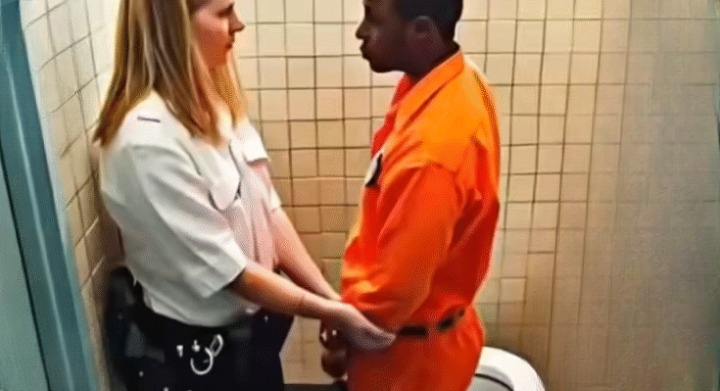Introduction
Correctional institutions serve as cornerstones of justice systems across the world. Their purpose extends beyond incarceration — they are tasked with ensuring security, maintaining order, upholding justice, and fostering rehabilitation. Behind the high fences and heavy doors, however, lies a challenging human reality: correctional officers and inmates coexist in environments defined by stress, routine, and power imbalances.
In recent decades, multiple cases have emerged in which female correctional officers became involved in inappropriate relationships with inmates. These incidents have captured widespread media attention, raised ethical concerns, and prompted institutional reforms. While at first glance such cases may appear as sensational scandals, they actually reveal deeper structural and psychological challenges within correctional environments.
This article takes a comprehensive look at this issue. It examines real-world examples, analyzes the psychological and systemic factors at play, evaluates the consequences for officers, inmates, and institutions, and explores reforms designed to prevent such lapses. More importantly, it considers what these incidents mean for the broader justice system and public trust.
High-Profile Cases: Lessons from the Past
California: A Breach of Trust
One widely discussed case involved a young correctional officer working in a maximum-security prison in California. Investigations revealed that she had developed a personal attachment to an inmate affiliated with a gang. Communication between the two extended beyond professional boundaries, and evidence suggested contraband had been smuggled to maintain the connection.
When confronted, the officer admitted she had been emotionally influenced, describing the inmate as “charming.” The incident quickly escalated into a national conversation. Commentators questioned not only her actions but also the institutional environment that allowed boundaries to blur.
New York: The Clinton Correctional Facility Escape
A more dramatic case unfolded in 2015 at Clinton Correctional Facility in Dannemora, New York. A female staff member developed a relationship with one of the inmates and played a role in smuggling tools used in a prison escape. The subsequent breakout of two inmates created a security crisis, sparked a massive manhunt, and later inspired a television series dramatizing the events.
This case demonstrated the extreme consequences that can result from compromised professional conduct. It also highlighted how emotional entanglement, manipulation, or coercion can endanger not only staff and inmates but also the wider community.
Other Reported Cases Across the U.S.
While these high-profile stories captured headlines, they are not isolated incidents. Other examples include:
-
A Florida officer disciplined for bringing contraband into a facility for an inmate she had grown attached to.
-
A Texas officer removed from duty after several inmates reported inappropriate conduct.
-
An Ohio officer reprimanded for exchanging messages with an inmate promising special favors.
Though the details vary, a pattern emerges: blurred boundaries, compromised ethics, and breakdowns in oversight.
